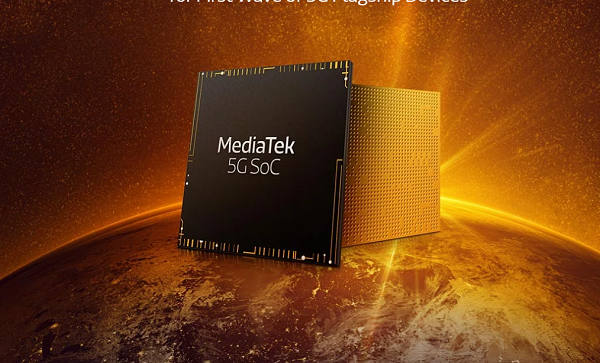
5G technology – the next generation of wireless data connection has developed interests from tech companies. The race is already a dirty game with the most qualified 5G candidate Huawei Technologies Inc. facing restriction in several countries including Australia (AU only banned Huawei’s 5G technology) and even trade blacklist in the United States.
Technology advancement has been a significant issue with MediaTek, but the company at COMPUTEX trade show held in Taiwan has unveiled their 5G modem to connect devices in the next generation of wireless data connection.
MediaTek, a Taiwanese chip making company, has seen its glory for making chips for the smart home speakers like the Amazon Echo, among others. The company also has been making smartphone chips but only for the low-end devices.
It’s US competitor, Qualcomm Inc. powers most of the major phones in the market. Qualcomm Snapdragon chips power most of the high-end flagship devices and even midrange smartphones.
- Read >>Someone is buying a malware-loaded laptop for $1.345 million
- Read>>Nokia showcases a series of 5G technology demos in Nairobi
MediaTek is, however, not doing this alone. The new 5G modems will combine with ARM holdings latest processor core technology. The Integrated 5G SoC combines MediaTek’s M70 5G modem with Arm’s Cortex-A77 CPU and Mali-G77 GPU. With the ARM processing technology, MediaTek processors will be as powerful and even support artificial intelligence just like Qualcomm’s high-end chips.
Although MediaTek is channelling its focus on 5G, they won’t be so much on similar ground. It’s because Qualcomm’s 5G chips support the two 5G network variants; sub-6, and millimetre wave bands but MediaTek’s Chips can only handle sub-6 wave band. That means that unless your mobile carrier supports the sub-6 5G wave band, your MediaTek 5G powered device won’t be able to connect to 5G.
To the pros side, however, support for only Sub-6 wave helps in cutting on costs, and this will thus be a 5G entry-level chip for low-end devices.
Follow us on Telegram, Twitter, Facebook, Instagram or subscribe to our weekly newsletter to ensure you don’t miss out on any future updates




